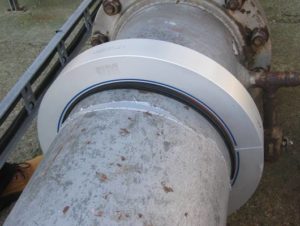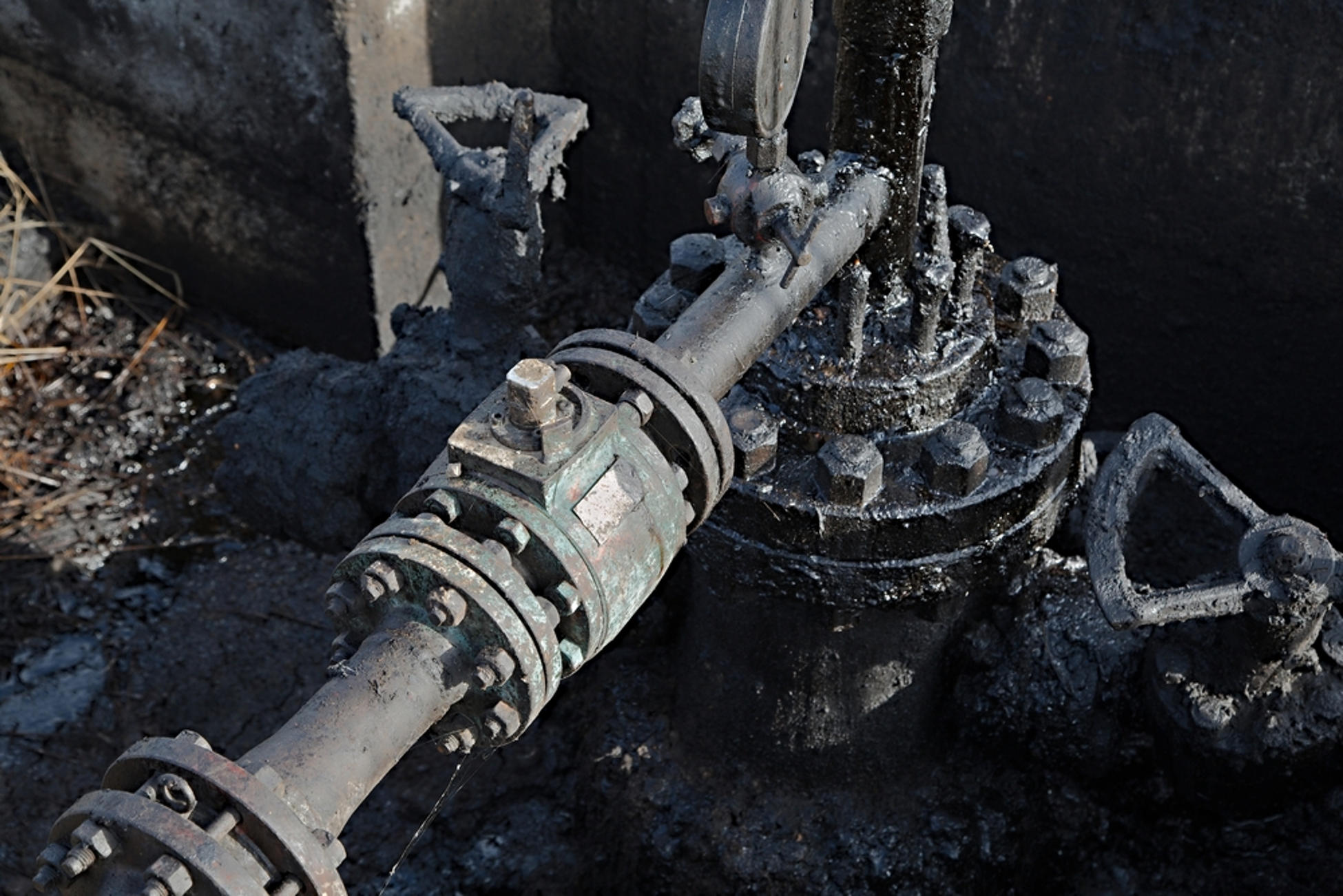Chemical formula paraffin wax
Paraffin refers to a mixture of alkanes (saturated hydrocarbons) with the general molecular formula CnH2n+2. For paraffin usually, „n“ is within a range of 18-32.
For paraffin wax, the one found in oil pipelines, „n“ can be up to 75. The solidification point for hard paraffin is between 50-60°C.
Paraffin wax is one constituent of crude oil.
When transporting the crude through the piping system, solidifying paraffin wax can become a problem. It sticks to the inner piping walls and steadily reduces its cross-section. In general, this issue is called „waxing“
Sorry, this page is neither about candles or paraffin wax treatment for manicure or pedicure.
We describe here the technical problems caused by parafin wax in the oil industry.
Paraffin wax treatment or temperature management
The crude in the well has a temperature which is over the solidification point of the paraffin wax. Thus it is fluent when being pumped up. Along with the transportation through the pipes the crude cools down which is where problems can start. Especially in sub-sea lines, where the ambient temperature is particularly cool, waxing has to be avoided.
Temperature Management is a crucial part of engineering around oil wells. It has to find the perfect balance between energy efficient heating (which can be costly) and ensuring the flowability of the crude (also a cost factor in terms of waxing). The consistency of the crude, the length of the piping system needs to be taken into account as well as seasonal changes of temperature.
Cleaning and Maintenance
Despite all effort, waxing is found in all lines of the piping system from the well to the treatment facilities further downstream. This makes regular cleaning necessary, especially in the cold months. The cleaning in the well is done mechanically which requires downtimes of the well and causes a loss of production during the time needed. The pipes are cleaned mechanically by pigging (see also video) or by heating the wax for example with steam or hot oil. The melted wax can now flow downstream.
Reducing Waxing with Merus
 One method to reduce waxing is to keep the paraffin solved in the crude, even if the temperature decreases. This is what the Merus Technology aims to do. We install one of our Merus Rings at the beginning of a pipeline. We have equipped several pipelines with 10 and more kilometers length, The effect depends on the technical envorinment round the trunk line. If there is cathodic protection, we need more rings then in an ideal case as subsea with no electrical interference.
One method to reduce waxing is to keep the paraffin solved in the crude, even if the temperature decreases. This is what the Merus Technology aims to do. We install one of our Merus Rings at the beginning of a pipeline. We have equipped several pipelines with 10 and more kilometers length, The effect depends on the technical envorinment round the trunk line. If there is cathodic protection, we need more rings then in an ideal case as subsea with no electrical interference.
A side effect of our technology is that there is also less sludge and sand settling in the pipe. With less wax at the pipe walls, there is less space for those substances to stick to. Our case studies show that the total mass of sludge and wax is reduced significantly after installing a Merus Ring. Pigging is still needed but far less frequent and the heating of the crude can be reduced.
Saving Operating Costs
Reducing the frequency of pigging is already good for the budget. One of our customers had to clean the pipe every second day and could exceed the cleaning cycle up to every fifth day. This more than halves the costs.
Additionally, the lifetime of the equipment is extended and processes are facilitated. So the ROI in the Merus Treatment is reached in a few days or weeks.

